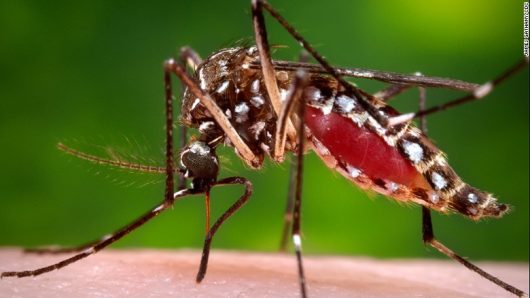Top Diseases in Mexico: Symptoms, Prevalence & Treatment

Diseases can prove very hard to prevent, control, and treat; and, many countries suffer from maladies that cannot be tamed. Mexico is no exception, and the top diseases in Mexico can inflict a great deal of damage. A summarization of each disease can be found below, including details on how the illness is transmitted and treated, the symptoms, and prevention tactics.
Top Diseases in Mexico
- Hepatitis A
Hepatitis A can be spread via contaminated food or water or spread through person-to-person contact. A person-to-person transmission can occur when an infected person’s stool is ingested by a non-infected person through poor hygiene practices. Poor hygiene and sanitation practices are the results of letting half the country’s population live in abject poverty; without clean drinking water or sewage services, hepatitis A spreads easily and is now endemic to the population of Mexico. To clarify, if a disease is endemic that means the illness is regularly found among a population; for Mexico, hepatitis A is found throughout the entire country. - Dengue Virus
This virus is transmitted by mosquitos. Symptoms at the beginning of incubation of the virus include a sudden high fever, joint pain and headaches. Dengue is endemic to all of Mexico as well, except for the state of Baja California Norte and other areas of higher elevation because mosquitoes carrying the virus cannot survive at the higher elevations. Dengue may progress into dengue shock syndrome, a rare complication including a hemorrhagic fever, damage to lymph and blood vessels, bleeding from the nose and gums, enlargement of the liver, and even failure of the circulatory system, which can cause death. Taking aspirin accelerates the onset of symptoms of dengue shock syndrome, as aspirin thins the blood, so it is important to quickly ascertain that dengue is causing a patient’s symptoms before administering medication. Protection against contracting the dengue virus is easy: use bug spray, wear layers outdoors, and make sure bug screens in the home have no holes or tears for mosquitoes to fly through. Although seemingly simple, these precautions are monumental tasks for the poor of Mexico, who struggle to provide food for their families, let alone mosquito repellant.
Elevating the Impoverished
Diseases transmitted by mosquitoes are more likely to disproportionately affect those in lower economic classes. The Baker Institute mentions that these diseases, also known as neglected tropical diseases (NTDs), are widespread in Mexico’s poorest southern states such as Chiapas, Oaxaca, Guerrero, and Mayan villages on the outskirts of the Yucatan Peninsula.
Elevating the status and resource access of the impoverished in Mexico is an absolutely essential measure to alleviating the top diseases in Mexico.
– Bayley McComb
Photo: CNN
